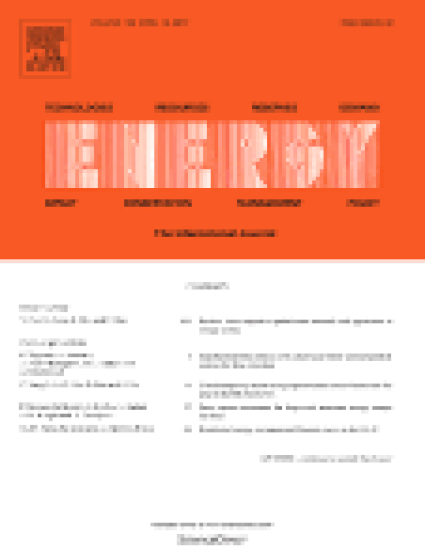
Article
Dynamics of Appliance Energy Efficiency in Sweden
Energy
(1994)
Abstract
We discuss the results of a time-dynamic analysis of household appliance electricity use and efficiency improvement in Sweden. We focus on refrigerators and freezers but also consider washing machines and other appliances. In our scenarios, we consider minimum performance standards that remove the least efficient products from the market, as well as public procurement (technology push) to accelerate the high-efficiency appliance market. The scenarios show that, while current efficiency trends are likely to keep appliance energy use roughly constant, progressive performance standards could reduce consumption by about 35% by 2010. This level of savings is based on new-model consumption savings of nearly 70%, but not all of the efficiency improvement translated into energy savings because of an increased number of units and the time required to remove older units from service. Moving the high-efficiency end of the market via the public procurement process accelerates energy-saving potential earlier in time and is particularly effective in combination with energy performance standards.
Keywords
- Household appliance efficiency,
- Efficiency improvement
Disciplines
Publication Date
November, 1994
DOI
https://doi.org/10.1016/0360-5442(94)90069-8
Publisher Statement
Copyright © 1994 Published by Elsevier Ltd.
Citation Information
Joel N. Swisher. "Dynamics of Appliance Energy Efficiency in Sweden" Energy Vol. 19 Iss. 11 (1994) p. 1131 - 1141 Available at: http://works.bepress.com/joel-swisher/11/
